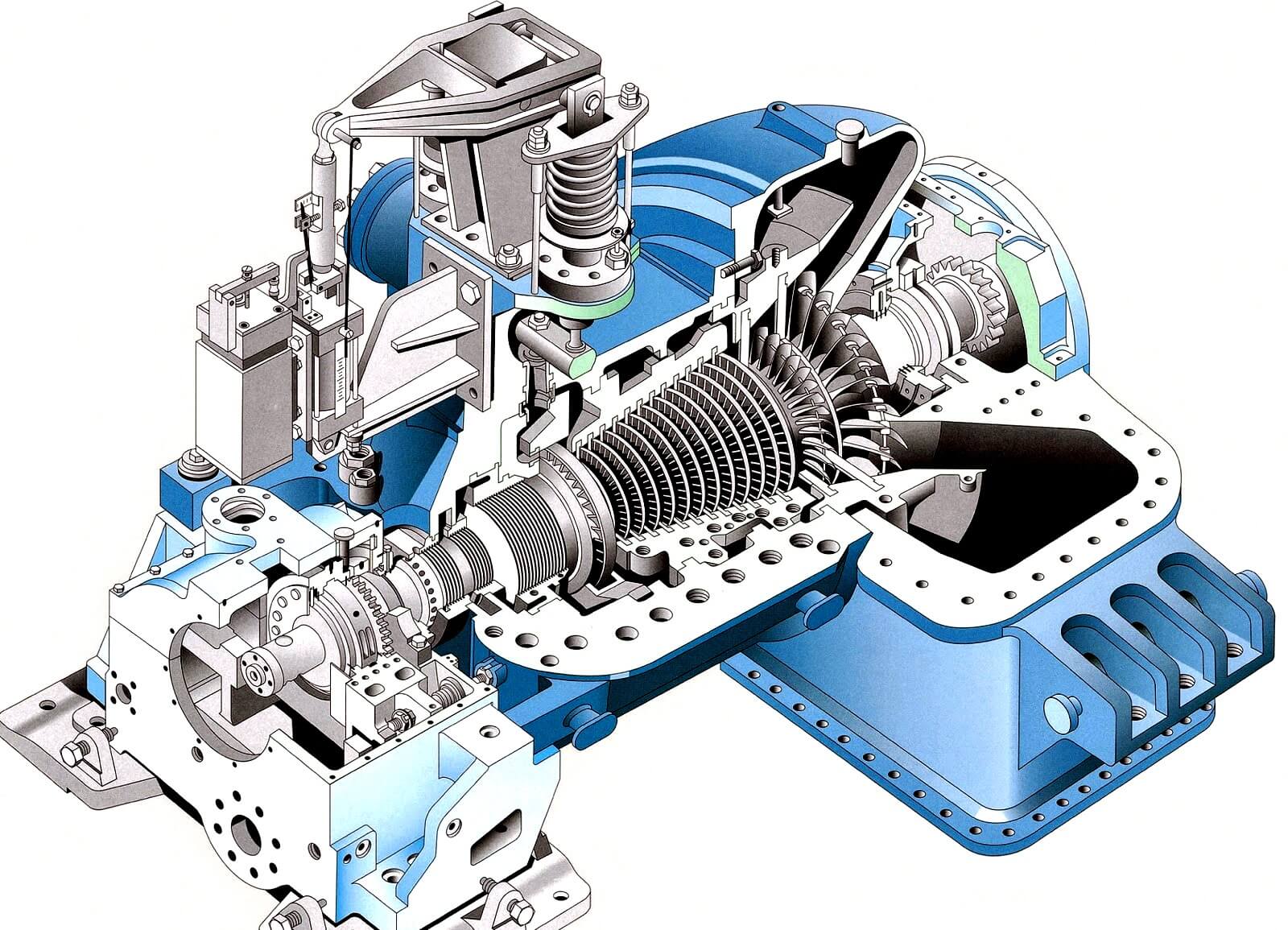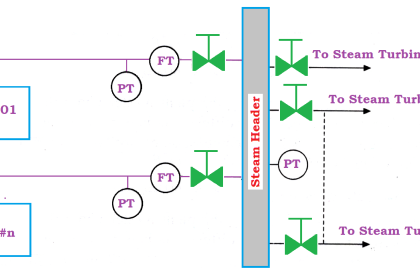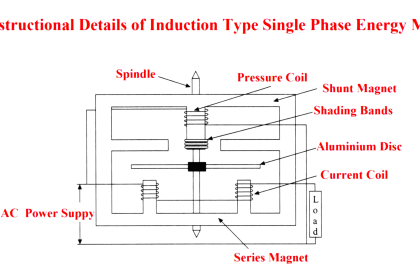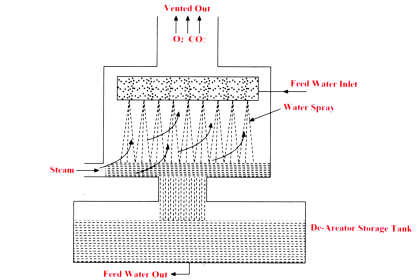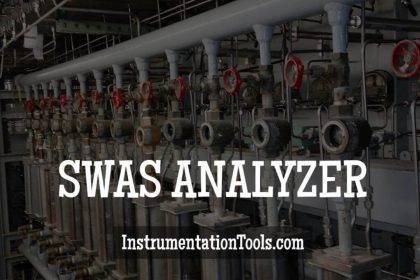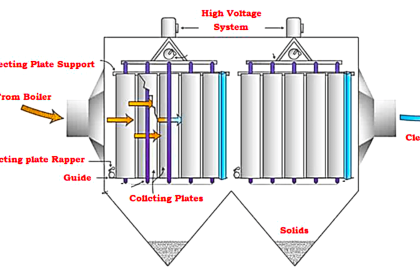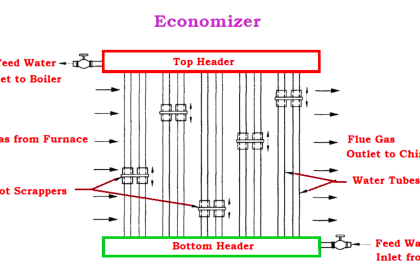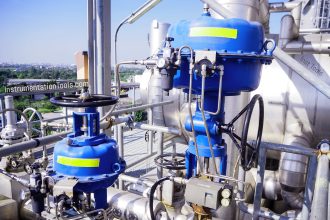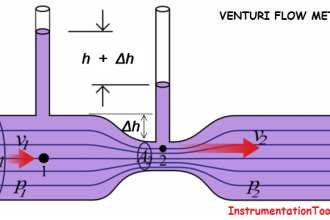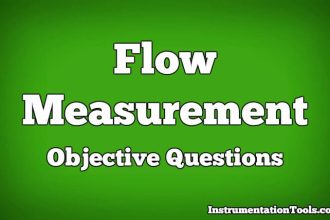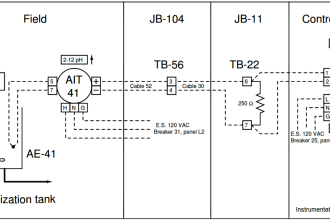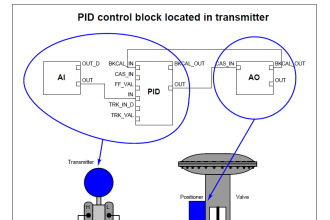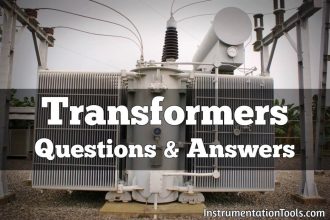A steam turbine is an engine in which the thermal energy of the steam is converted into mechanical energy of rotation.
In steam turbine the energy of the steam is transferred into kinetic energy by expansion through nozzles, and the kinetic energy of the resulting jet is in turn converted into force doing work on rings of blades mounted on a rotating part.
Classification of Steam turbines
The steam turbines are classified based on many factors like exhaust condition, stage design, steam flow, shaft design, types of drive etc.
The below list shows the detailed classification of steam turbines.
Based on exhaust condition:
- Condensing
- Non condensing
- Automatic extraction
- Mixed pressure
- Regenerative extraction
- Reheat
Based on stage design:
- Impulse
- Reaction
Based on steam flow:
- Axial flow
- Radial flow
- Mixed flow
Based on stages:
- Single stage
- Multi stage
Based on casing or shaft design:
- Single casing
- Tandem casing (two or more)
- Cross compound
Based on exhaust stages in parallel:
- Double flow
- Triple flow
Based on type of drive:
- Generator
- Mechanical drive
Operation principle of steam turbine
Steam turbine develops mechanical work by converting heat energy into work in the steam expansion. The heat energy is converted in two steps. The steam expands in nozzle and expands at a high velocity, converting the available heat energy into velocity energy. The high velocity steam strikes moving blades, converting the velocity energy into work.
Main advantages with steam turbines
- The economical generation of high temperature and pressure steam is required to reduce the pressure to utilize for various purposes. This will be done by steam turbine there by developing power to run pump etc.
- A pump driven by turbine can be operated over a wide speed range utilizing the turbine governor system.
- The use of steam turbine driver permits operation of the driven pump is independent of electric power or distribution system.
- A turbine may be used as stand by drive system.
- The steam turbine controls-governor system and over speed trip system are inherently spark proof.
- Steam turbines are inherently self-limiting with respect to power developed. Special protective devices are not required to prevent damaging the turbine because of over load condition.
Single stage turbine
In which the conversion of the kinetic energy to mechanical work occurs with a single expansion of the steam in the turbine. A turbine stage consists of a stationary set of blades called as nozzles, and a moving set adjacent thereto, called buckets or rotor blades. These rotating and stationary blades act together to allow the steam flow to do work on the rotor.
Multiple stage turbine
In which the conversion of the energy occurs with two or more expansions of steam within the turbine.
Impulse Turbine
In impulse stage the steam expands only in the fixed nozzles and kinetic energy is transferred to the rotating buckets as the steam impinges on the buckets while flowing through the passage between the buckets. The steam pressure is constant and the steam velocity relative to the bucket decreases in the bucket passages.
Reaction stage
The steam expands in both the fixed nozzles and the rotating buckets. The kinetic energy is transferred to the rotating buckets by the expansion of the steam in the passages between the buckets. The steam pressure decreases as the steam velocity relative to the bucket increases in the bucket passages.
